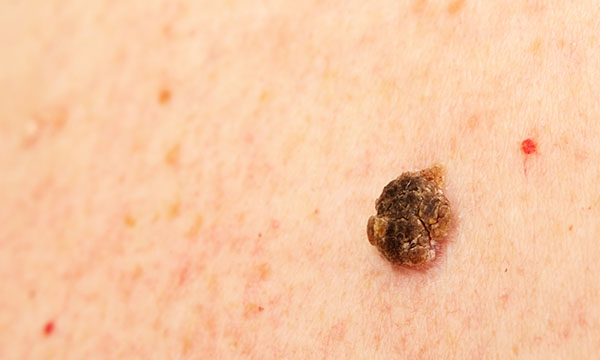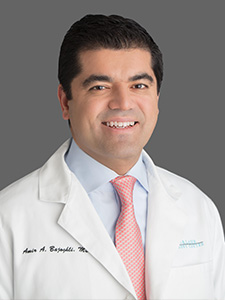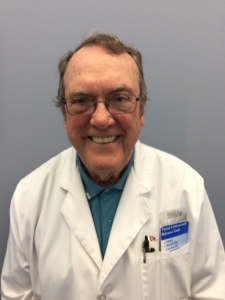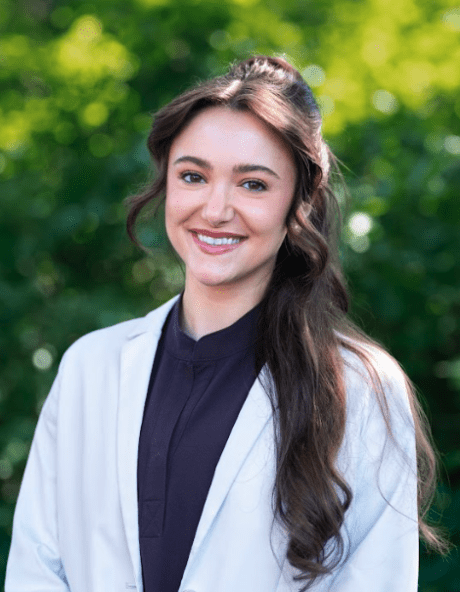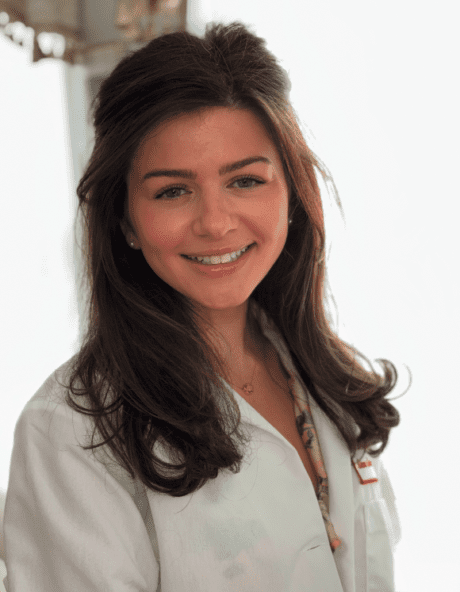Seborrheic Keratoses
A seborrheic keratosis is a common, noncancerous growth. Seborrheic keratoses usually develop with age and appear as brown, black, or tan, waxy, flat or raised growths, with a characteristic stuck-on appearance. Seborrheic keratoses are benign (harmless) and usually require no treatment. Occasionally they can become itchy, inflamed, bleed, or irritated from catching on clothing and jewelry. They can appear anywhere on the skin and most commonly occur on the face, chest, shoulders, back, and extremities. .
While seborrheic keratoses are benign, it is important to have growths and changes to your skin evaluated by a dermatologist. It can be difficult to distinguish between normal and dangerous growths and it is especially important to have new or changing growths medically evaluated, given seborrheic keratoses can sometimes look like other more medically serious conditions such as malignant melanoma. The decades of combined dermatological and surgical experience at Skin and Laser Dermatology Center will ensure your provider has the expertise to evaluate and manage your skin conditions.
Frequently Asked Questions
Seborrheic keratoses have a wide range in color from light brown to black and can come in many shapes and sizes. They are often wart-like, with a flat or slightly raised scaly surface.
It is not known exactly what causes seborrheic keratoses. They appear to run in some families, so genetics may play a role. There is some evidence to suggest that skin that is exposed to the sun is more likely to develop a seborrheic keratosis, however, they can appear on sun-protected skin.
Most individuals in their 40’s and older or have a family history of seborrheic keratoses are more likely to develop them. Usually, with advancing age the number of keratoses increases.
Should you desire to have a seborrheic keratosis cosmetically removed, your provider at Skin and Laser Dermatology Center will determine what the best method of removal is. Four of the most common removal methods are:
- Cryosurgery, which uses liquid nitrogen to freeze the growth
- Electrocautery, which uses an electrical current to scrape off the growth
- Curettage, which uses a specialized instrument to scrape off the the seborrheic keratosis
- Lasers, such as the CO2 ablation, which uses precise and safe high energy to resurface the affected areas
All of these removal methods can be performed in the outpatient clinic with very minimal side effects and usually almost no down time after treatment.
Our Providers
Dedicated Team
Skin & Laser Dermatology Center treats patients for all skin care concerns, including skin cancer surgery, cosmetic dermatology, sclerotherapy, laser peels, laser hair removal, hyperhidrosis, rosacea, and acne treatments.

